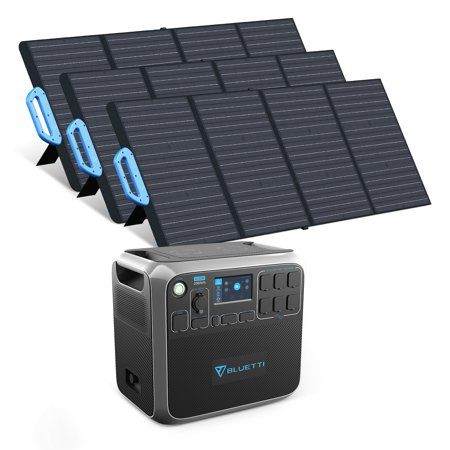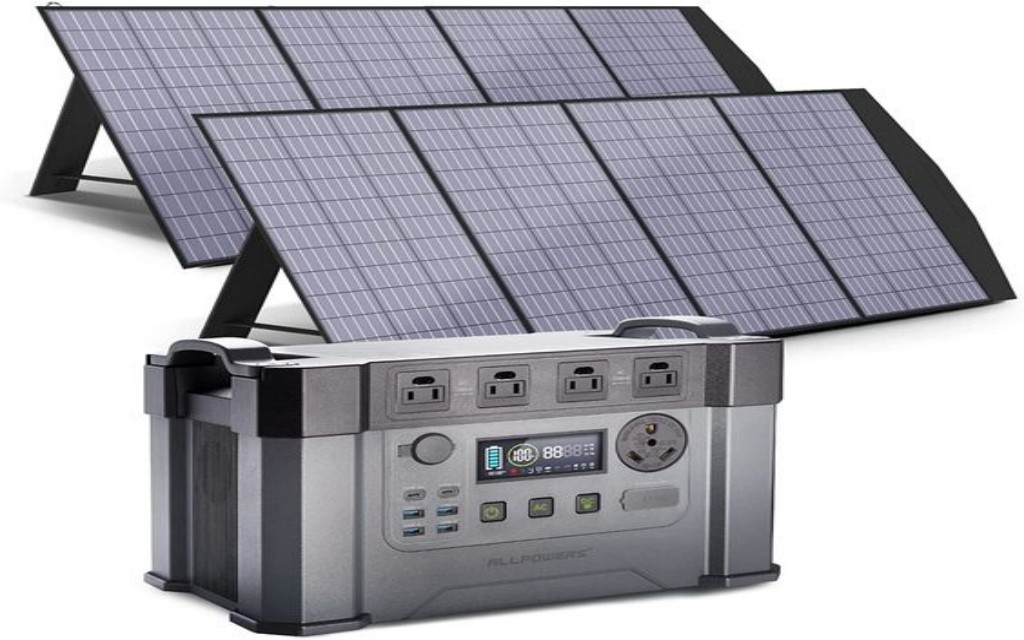Unlocking the Power of the Sun: Innovative Methods of Solar Energy Storage
In today's rapidly changing world, the need for sustainable and renewable energy sources has become more important than ever. Among the many options available, solar energy has emerged as a frontrunner in the race towards a greener future. However, the challenge lies in effectively harnessing and storing this abundant source of power to meet our energy demands. Enter innovative methods of solar energy storage. These groundbreaking technologies are revolutionizing the way we think about solar power, unlocking its true potential and paving the way for a cleaner and more sustainable tomorrow. In this article, we will explore some of the most exciting developments in solar energy storage, from advanced battery systems to cutting-edge thermal methods. Join us as we delve into the world of solar energy storage and discover the key to unlocking the power of the sun.
The Importance of Solar Energy Storage
Solar energy has gained significant momentum in recent years due to its renewable and sustainable nature. With the sun's energy being readily available, harnessing it efficiently has become a priority. While solar panels allow us to convert sunlight into electricity. The challenge lies in ensuring a continuous power supply when the sun is not shining. This is where solar energy storage becomes crucial. By storing excess energy generated during peak sunlight hours, we can tap into this reserve during periods of low or no sunlight, ensuring a consistent and reliable power supply.

Traditional Solar Energy Storage Methods
Traditionally, solar energy storage has relied on battery systems, particularly lead-acid batteries. These batteries store the excess energy generated by solar panels during the day and release it during times of low sunlight or high energy demand. While lead-acid batteries have been widely used, they come with certain limitations. They have a relatively short lifespan, require regular maintenance, and have a limited energy storage capacity. As the demand for solar energy grows, there is a need for more efficient and reliable storage solutions.
Challenges with Traditional Solar Energy Storage
One of the major challenges with traditional solar energy storage methods is their limited storage capacity. Lead-acid batteries, for example, can only store a certain amount of energy, which may not be sufficient to meet the energy demands of a household or business during extended periods of low sunlight. Additionally, the lifespan of these batteries is relatively short, requiring frequent replacements and increasing maintenance costs. These limitations highlight the need for innovative methods of solar energy storage that can overcome these challenges and provide long-term, reliable energy storage solutions.
Innovative Methods of Solar Energy Storage
The advancement of technology has led to the development of innovative methods of solar energy storage that aim to overcome the limitations of traditional systems. These methods leverage cutting-edge technologies to store excess solar energy efficiently, providing a more sustainable and reliable power supply.
Battery Storage Systems
Battery storage systems have emerged as a popular and effective method of solar energy storage. These systems utilize advanced lithium-ion batteries that have a higher energy storage capacity and a longer lifespan compared to lead-acid batteries. With advancements in battery technology, these systems can store larger amounts of energy. Making them suitable for both residential and commercial applications. Additionally, battery storage systems can be integrated with smart grid technology, allowing for better control and optimization of energy usage.
Thermal Energy Storage
Another innovative method of solar energy storage is thermal energy storage. This technology harnesses the heat generated by solar panels and stores it in a medium such as molten salt or phase-change materials. The stored heat can then be used to produce steam, which in turn drives a turbine to generate electricity. Thermal energy storage systems have the advantage of being able to store large amounts of energy for extended periods, making them ideal for utility-scale solar power plants. They also have a longer lifespan compared to batteries, reducing maintenance costs.
Power-to-Gas Technology
Power-to-gas technology is a promising method of solar energy storage that converts excess electricity generated by solar panels into hydrogen or synthetic natural gas. This process involves electrolysis, where water is split into hydrogen and oxygen using electricity. The hydrogen can be stored and later used in fuel cells to produce electricity, while the synthetic natural gas can be injected into existing gas pipelines. Power-to-gas technology offers a flexible and scalable solution for solar energy storage, as the stored hydrogen or synthetic natural gas can be used for various applications, including transportation and heating.

Advantages of Innovative Solar Energy Storage Methods
The innovative methods of solar energy storage discussed above offer several advantages over traditional storage systems. Firstly, these methods provide a higher energy storage capacity, allowing for greater flexibility in meeting energy demands. This is particularly important for residential and commercial applications, where a reliable and consistent power supply is essential. Secondly, the longer lifespan of these storage systems reduces the need for frequent replacements, resulting in lower maintenance costs. Lastly, these methods contribute to a more sustainable and efficient energy system. Reducing our reliance on fossil fuels and minimizing carbon emissions.
Future of Solar Energy Storage
The future of solar energy storage looks promising, with ongoing research and development focused on improving existing technologies and exploring new avenues. Advancements in battery technology, such as solid-state batteries, could further enhance the efficiency and storage capacity of battery storage systems. Similarly, advancements in materials science could lead to the development of more efficient thermal energy storage systems. Additionally, the integration of renewable energy sources with other technologies, such as artificial intelligence and blockchain, could optimize energy storage and distribution, creating a more resilient and decentralized energy network.

Conclusion
Solar energy storage is the key to unlocking the true potential of solar power. Innovative methods of storage, such as advanced battery systems, thermal energy storage, and power-to-gas technology, are revolutionizing the way we think about solar energy. These methods offer higher energy storage capacity, longer lifespans, and more sustainable energy solutions. As we continue to explore and develop new technologies, the future of solar energy storage looks brighter than ever. By harnessing the power of the sun and effectively storing it. We can pave the way for a cleaner and more sustainable tomorrow. Let us embrace these innovative methods and unlock the full potential of solar energy.
